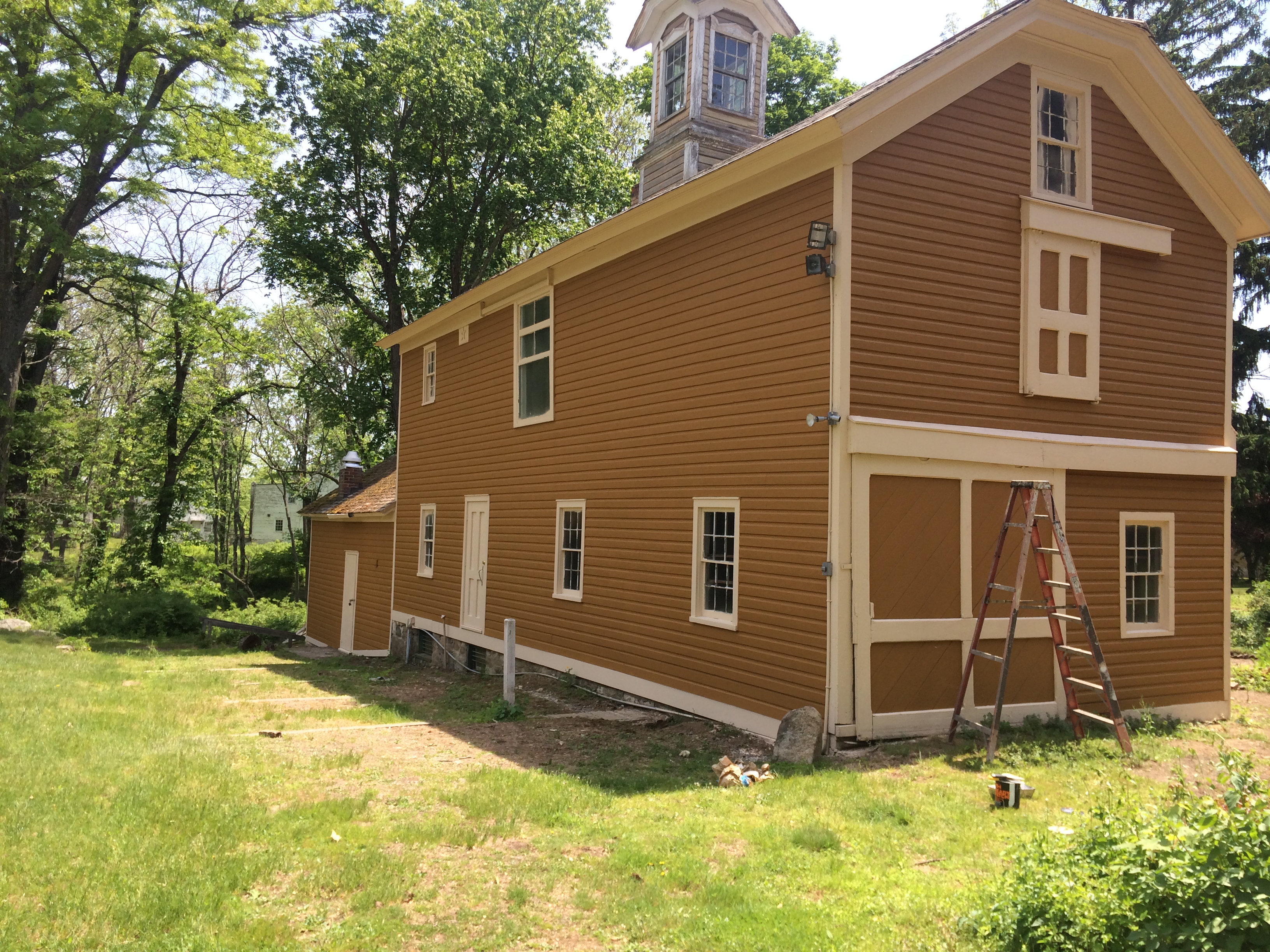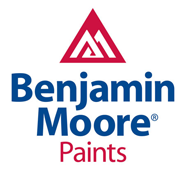Shield Your Investment from New Jersey’s Demanding Climate with the Right Protective Solutions
New Jersey’s weather is anything but predictable. From humid summers and heavy rainfall to freezing winters with snow and ice, properties in our state face a constant battle against the elements. This relentless exposure to moisture can lead to significant problems, including structural damage, mold growth, and decreased property value. For property managers, developers, and homeowners in places like Red Bank, implementing a robust waterproofing strategy is not a luxury—it’s a critical investment in the longevity and safety of your building. Waterproof coatings provide an essential line of defense, creating a barrier that protects your property from the costly consequences of water intrusion.
Whether you’re responsible for a commercial high-rise, an industrial facility, a historic landmark, or your family home, understanding the types of waterproof coatings available is the first step toward effective protection. These specialized applications go far beyond a standard coat of paint, offering durable, flexible, and impermeable shields designed to withstand hydrostatic pressure and extreme temperature fluctuations. Choosing the right coating ensures your structure remains dry, secure, and sound for years to come.
Understanding the Threat: Why Waterproofing is Crucial in NJ
Water damage is one of the most pervasive and expensive issues for property owners. In New Jersey, the risks are amplified by our specific climate. The freeze-thaw cycles in winter can cause cracks in concrete and masonry, creating pathways for water to enter. Summer humidity can lead to condensation and foster mold and mildew growth in damp areas. These issues can compromise the structural integrity of your building, leading to spalling concrete, rotting wood, and corroded metal.
Beyond the structural risks, water intrusion poses significant health and safety hazards. Mold and mildew can trigger allergies and respiratory problems, diminishing the indoor air quality for residents or employees. Furthermore, water damage can devalue a property and lead to costly remediation efforts. Effective commercial painting and waterproofing services are designed to proactively address these threats, safeguarding both the building and its occupants.
Types of Waterproof Coatings for Every Need
Different areas of a building and various substrate materials require specific types of waterproof coatings. A solution that works for a concrete foundation may not be suitable for a steel roof. Here’s a breakdown of some of the most effective types of waterproof coatings used by professionals.
1. Elastomeric Coatings
Elastomeric coatings are a popular choice for exterior walls, stucco, and masonry. As the name suggests, they are highly flexible and elastic, allowing them to stretch and bridge small cracks that may develop in a substrate over time. This “crack-bridging” capability is invaluable in New Jersey’s climate, where temperature fluctuations cause materials to expand and contract. These coatings create a thick, durable, and waterproof membrane that is also breathable, allowing trapped moisture vapor to escape while preventing liquid water from entering.
2. Cementitious Coatings
Cementitious waterproofing is one of the most common and straightforward methods, often used for surfaces like basements, foundations, and water tanks. These coatings consist of a cement-based powder mixed with additives that create a strong, waterproof barrier. They adhere exceptionally well to concrete and masonry, providing both positive and negative-side waterproofing—meaning they can resist water pressure from either side of the wall. They are ideal for preventing dampness and seepage in below-grade structures.
3. Polyurethane Liquid Membranes
For areas that experience foot traffic or vehicle movement, such as balconies, parking decks, and flat roofs, a polyurethane liquid membrane is an excellent choice. This coating is applied as a liquid and cures to form a seamless, rubber-like, and highly durable waterproof layer. Its flexibility and high tensile strength allow it to withstand movement and abrasion without cracking. Because it forms a continuous membrane, there are no seams or joints where water can potentially infiltrate.
Specialized Applications for Unique Challenges
Waterproofing for Historic Restoration
New Jersey is rich with historic properties that require a delicate touch. Waterproofing these structures is essential for their preservation but must be done with materials that respect the original building fabric. Breathable coatings, such as silicate-based or lime-based products, are often required to prevent trapping moisture within historic masonry, which could cause irreparable damage. A specialized contractor with experience in historic restoration painting understands how to protect these treasures without compromising their architectural integrity.
Industrial-Grade Protection with Sandblasting
For industrial settings, surface preparation is just as important as the coating itself. Surfaces like steel tanks, bridges, and equipment often need to be prepared via sandblasting to remove rust, old paint, and contaminants. This process creates an ideal profile for the waterproof coating to adhere to, ensuring maximum longevity and performance. Specialized industrial coatings, such as epoxy or polyurethane systems, are then applied to provide robust protection against water, chemicals, and abrasion.
The Right Solution for Your Red Bank, NJ Property
For residents and business owners in Red Bank, NJ, and surrounding areas, proactive waterproofing is the key to preserving property value and avoiding disruptive repairs. Whether you’re upgrading a commercial facade, protecting a basement in an older home, or ensuring an industrial facility meets safety standards, a professional assessment is crucial. An expert can identify areas of vulnerability and recommend the most effective coating system for your specific needs, considering factors like substrate type, environmental exposure, and building use. From comprehensive residential painting projects to large-scale commercial applications, the right waterproofing adds years of life to your investment.
Protect Your Property Before Water Damage Strikes
Don’t wait for a leak to become a crisis. The experts at Spectra Painting have delivered high-quality waterproofing and coating solutions across New Jersey since 1989.
Frequently Asked Questions (FAQ)
How long do waterproof coatings last?
The lifespan of a waterproof coating depends on the type of material, the quality of the application, and the level of exposure to weather and wear. Generally, professional-grade coatings can last anywhere from 10 to 20 years or more with proper maintenance.
Can you apply waterproof coatings over existing paint?
In most cases, existing paint that is failing (peeling, cracking, or chalking) must be removed before applying a waterproof coating. Proper surface preparation is essential for the new coating to bond effectively and provide a long-lasting barrier. A professional will assess the surface and determine the necessary prep work.
Is waterproofing the same as damp proofing?
No, they are different. Damp proofing is designed to resist moisture from the soil, while waterproofing is designed to prevent both moisture and liquid water (under hydrostatic pressure) from entering a structure. Waterproofing provides a much higher level of protection, which is essential for basements and foundations, especially in areas with a high water table or poor drainage.
Are waterproof coatings environmentally friendly?
Many modern waterproof coatings are available in low-VOC (Volatile Organic Compounds) and water-based formulations. These options are more environmentally friendly and have less odor, making them safer for application in and around occupied spaces.






